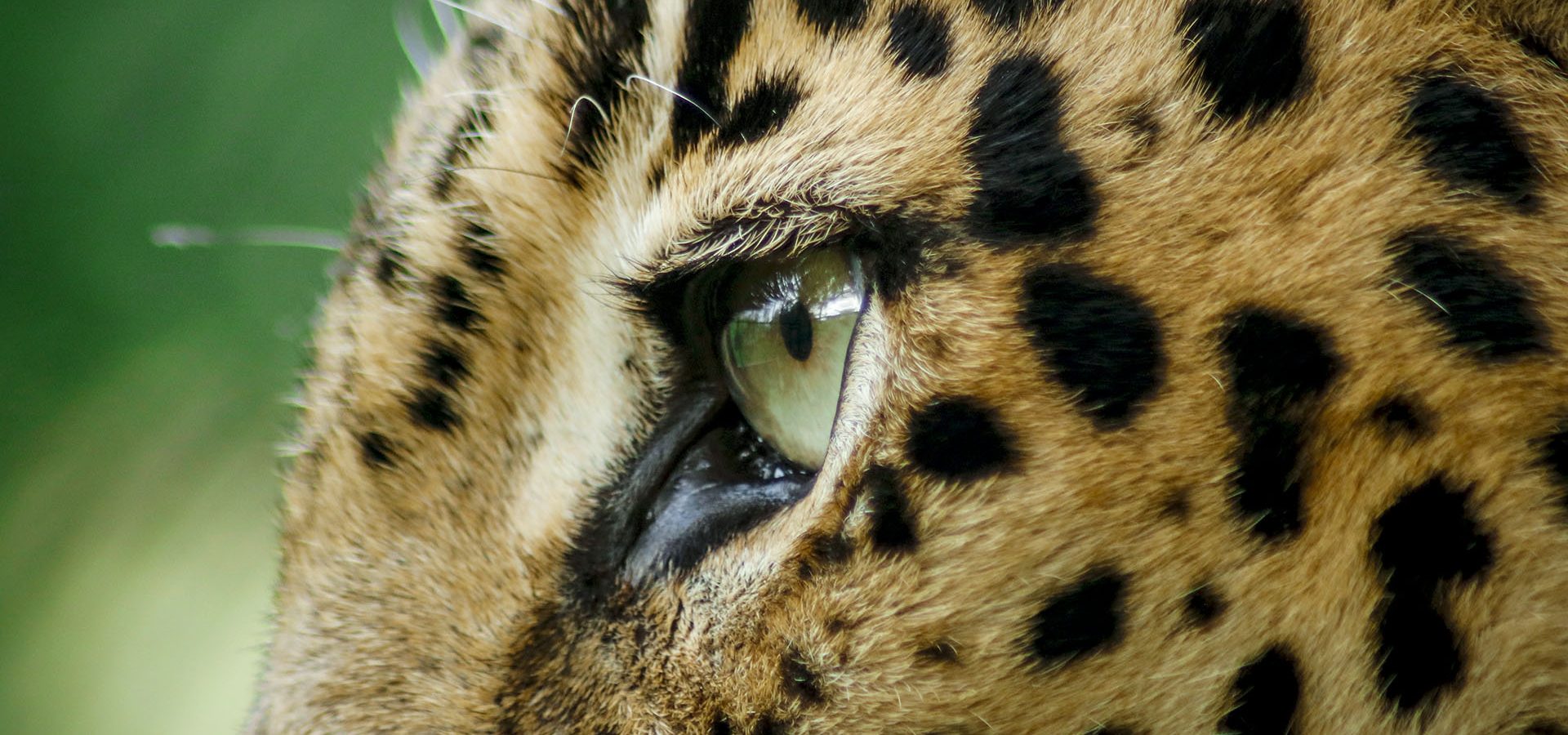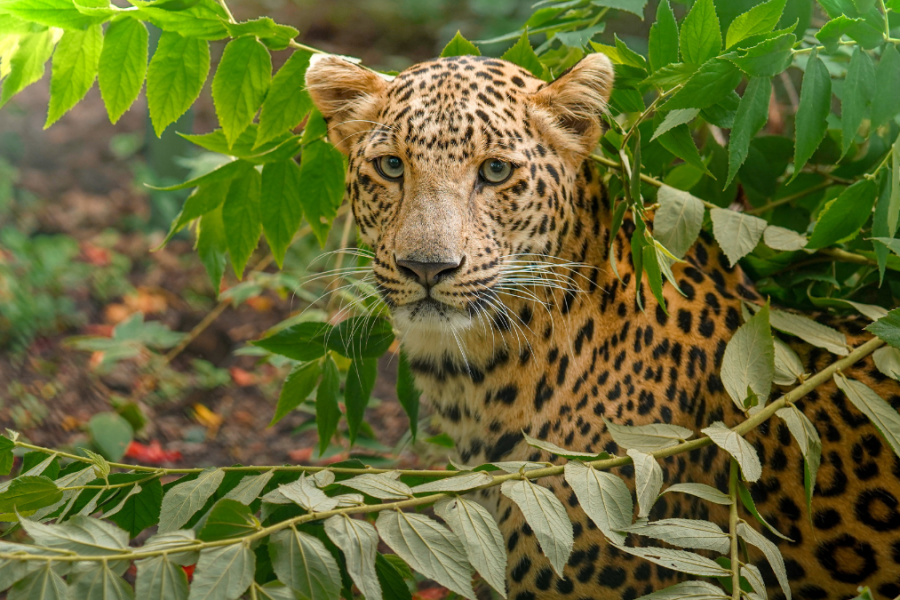The leopard (Panthera pardus or P. pardus) is one of the five extant species of cats belonging to the genus Panthera. However, there is often confusion about leopards with regard to similar looking and even similarly named cats. Let’s start by clarifying these confusions.
Firstly, leopards are often confused with cheetahs for the spots on their bodies. But the latter is the fastest land animal on planet Earth, and is found only in Africa and Iran. Leopards are found in the continents of Asia, Africa and parts of Europe. Secondly, they highly resemble their cousins that are found in the Americas: jaguars (Panthera onca).
When it comes to similar sounding names, snow leopards and clouded leopards are two completely different species of wild cats, and are not the same as leopards. Here, we will talk about the nine different subspecies of leopards that roam our world.
Lesser-known Leopard Facts
Earth today is home to nine subspecies of leopards. When it comes to geographical distribution, the habitat of these big cats overlaps with that of tigers. And yet they have managed to inspire awe among avid naturalists, wildlife enthusiasts and big cat biologists. The leopard holds its own place when it comes to beauty and grandeur.
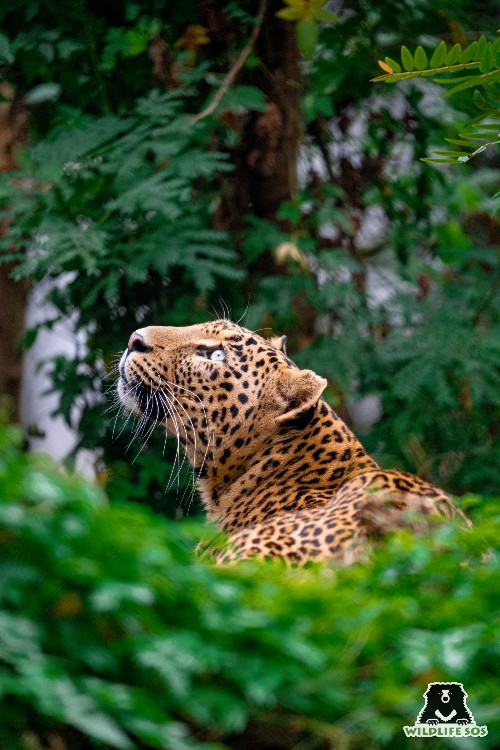
Belonging to the subfamily known as Pantherinae under the family Felidae, the nine subspecies that have managed to captivate us humans are the African leopard (P. p. pardus), Amur leopard (P. p orientalis), Arabian leopard (P. p. nimr), Indian leopard (P. p. fusca), Indochinese leopard ( P. p. delacouri), Javan leopard (P. p. melas), North Chinese leopard (P. p. japonensis), Persian leopard (P. p. tulliana) and Sri Lankan leopard (P. p. kotya).
Leopards are very adaptable in terms of habitat and climate – they range from semi-desert areas, savannas (tropical grasslands), mountains and equatorial forests, to deciduous forests, coniferous forests and even urban metropolises! It is perhaps for this reason that this wild feline is considered to have the widest distribution globally. Out of the nine subspecies, the African and Arabian leopards are said to be the oldest and most genetically related subspecies. Coincidentally, they are also the largest and smallest leopard subspecies respectively.
The size of leopards vary both between subspecies as well as within populations of the same subspecies. Some of the differences can be seen in the proportions of body length, legs, and tail. The Amur leopard, for instance, has the longest and most dense tail among all leopard subspecies, which is not surprising given the cold, high-altitude forests they live in.
The Eight Cousins
African – As the name suggests, the African leopard is spread throughout sub-Saharan Africa. Remarkable muscular strength and great agility enables them to be excellent climbers. The African leopard can hoist its prey of almost twice its own weight upon large branches to protect it from other predators, like lions and hyenas.
Amur – Geographically, it is the northernmost subspecies of the leopard, native to south-east Russia and north-east China. This leopard is named after the river Amur whhich borders both these countries. Amur leopards have a long and thick tail, and thick, yellow-ochre fur. The coat is paler in colour than the other subspecies. The thick tails act as quilts for these felines in the harsh and cold environments they are found in that have a mix of deciduous and coniferous trees.
Arabian – Listed as Critically Endangered under the IUCN Red List, the Arabian leopard has a subpopulation of less than 200 individuals and is undoubtedly a worrying sign for wildlife conservation. Their geographical distribution once covered the Arabian Peninsula, including the Sinai Peninsula in Egypt. Today the IUCN lists only Oman, Yemen, Saudi Arabia and possibly Israel as their habitat. Here they roam hilly grasslands and mountainous uplands. Due to their low numbers, Arabian leopards are regarded as the most threatened among all nine subspecies.
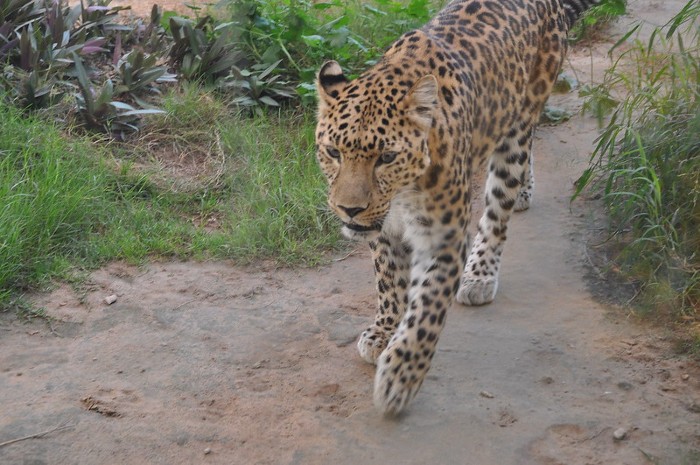
Indochinese – The Indochinese leopard occurred historically throughout mainland south-east Asia. However, today they are absent from Singapore, Laos, Vietnam and China. Tragically, these felines have lost 94% of their historical range. Currently, their stronghold includes peninsular Malaysia and Thailand. Scientists have also identified eastern Cambodia as a crucial site with a small, isolated population.
Javan – The Javan leopard is endemic to Indonesia and is found on the island of Java. However, Java is one of the most densely human populated islands in the world. As a result, the island has lost a huge amount of its historical natural vegetation and flora. That is why conflict between humans and leopards is a growing threat here. The low leopard numbers have put them in the Critically Endangered category under IUCN’s Red List.
North Chinese – No prizes for guessing that North Chinese leopards are native to China, and are of almost the same size as Amur leopards. However, if one wants to spot the difference between the two, the coat of the North Chinese leopard is darker and has a more orangish hue. Even the rosettes on their fur are darker and have less space between them.
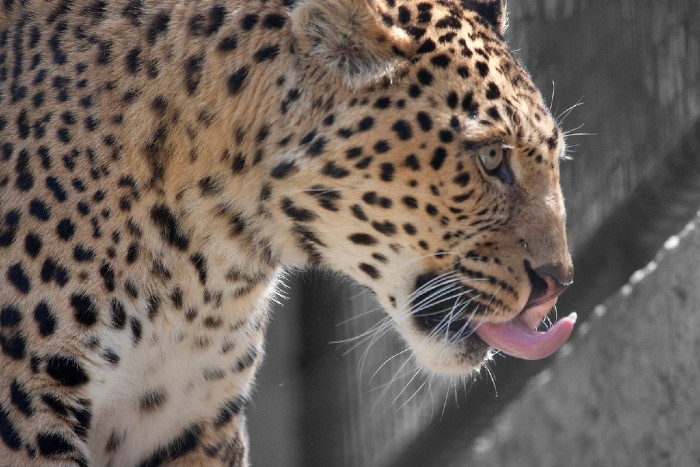
Persian – Earlier, the scientific name of the subspecies Persian leopard was P. p. ciscaucasica, as the Caucasus mountain was a major part of its geographical distribution. Its habitat range now includes Iran, and a significant portion of the Eurasian stretch covering Turkey, Georgia, Armenia, Iraq, Turkmenistan, Azerbaijan and parts of Afghanistan. The Persian leopard is also known by common names such as the Anatolian leopard and the Caucasian leopard.
Sri Lankan – As is evident from the name, this subspecies is restricted to the island nation of Sri Lanka. Its habitat encompasses arid scrub jungle, rainforest, highland forest and dry evergreen monsoon forest. The Sri Lankan leopard is colloquially known as kotiyā (from which it derives its scientific name P. p. kotya), and chiruthai. As it is an apex predator in the ecological pyramid here due to the absence of other larger predators, they have evolved to be a rather large subspecies. Also, they don’t haul their meal up a tree as opposed to other leopards, which can again be ascribed to the absence of other predators.
The Indian Leopard
Don’t worry, there’s no way we would have forgotten the ninth cousin! We have a little soft corner for the Indian leopard, and if you’re curious to know why, we have over 35 of them under our care!
It is estimated that 12,000-14,000 leopards are present in India right now, and all reside within protected areas. There is still no unanimous data on the number of leopards that exist outside protected areas. Moreover, the Indian leopard’s population is the most genetically diverse out of all the subspecies in Asia. It can be said that leopards are the most ubiquitous big cats in this country with their presence in almost all Indian states.
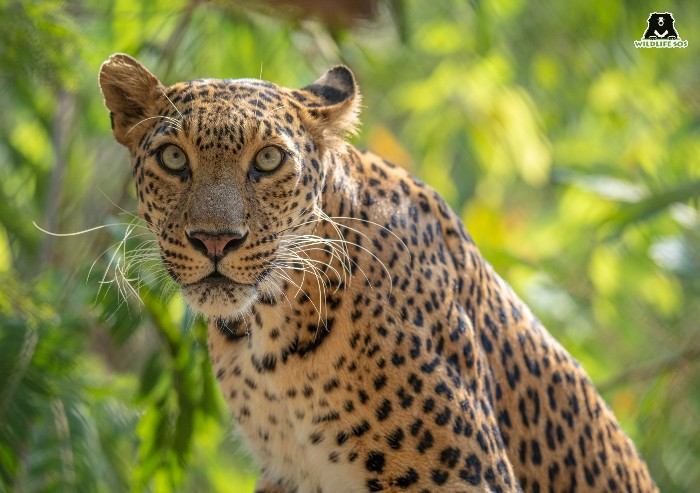
Their habitat ranges from mountainous terrain, to foothills, plains, farm and agricultural lands and even cities! However, in our 15 years’ worth of work in rescuing and saving leopards, a major part includes conservation in the state of Maharashtra. Leopards roamed the land even before Homo sapiens evolved. Gradually, they saw their pristine forest home getting transformed into wide-ranging sugarcane plantations. This is a harsh reality of Maharashtra’s Junnar today, where Wildlife SOS’ Manikdoh Leopard Rescue Centre is located.
In Junnar, leopards have coexisted with humans for a long time but their inability to understand their wild neighbours better has led to conflicts between these two species. This gap has been reducing ever since Wildlife SOS stepped in to spread awareness among the villagers. From harming leopards in the past, the same locals now work to save them. The transition is definitely positive, but a lot of work still needs to be done. We have also rescued leopards from other states such as Uttar Pradesh, Madhya Pradesh and Jammu & Kashmir.
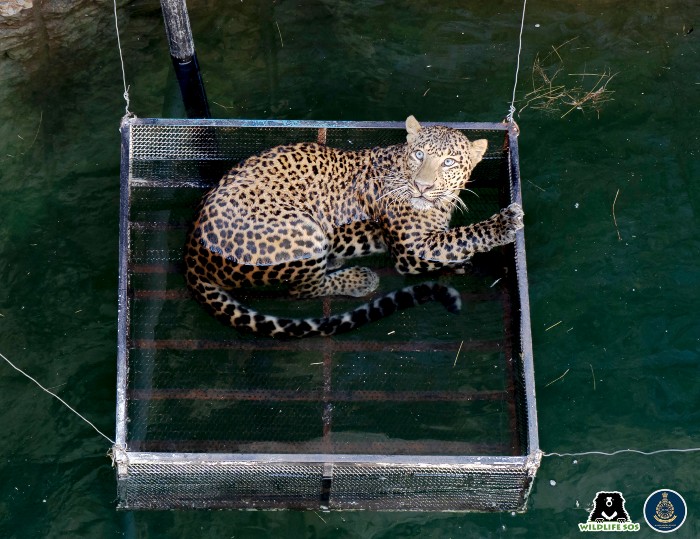
The threat of open wells and human-wildlife conflict, resulting from human settlements encroaching on leopard habitats, still remain major problems and need a panacea. As the road to completing the journey is long, lend us a hand by becoming a monthly donor for Wildlife SOS. This way, you can support us in saving India’s precious leopard population.

